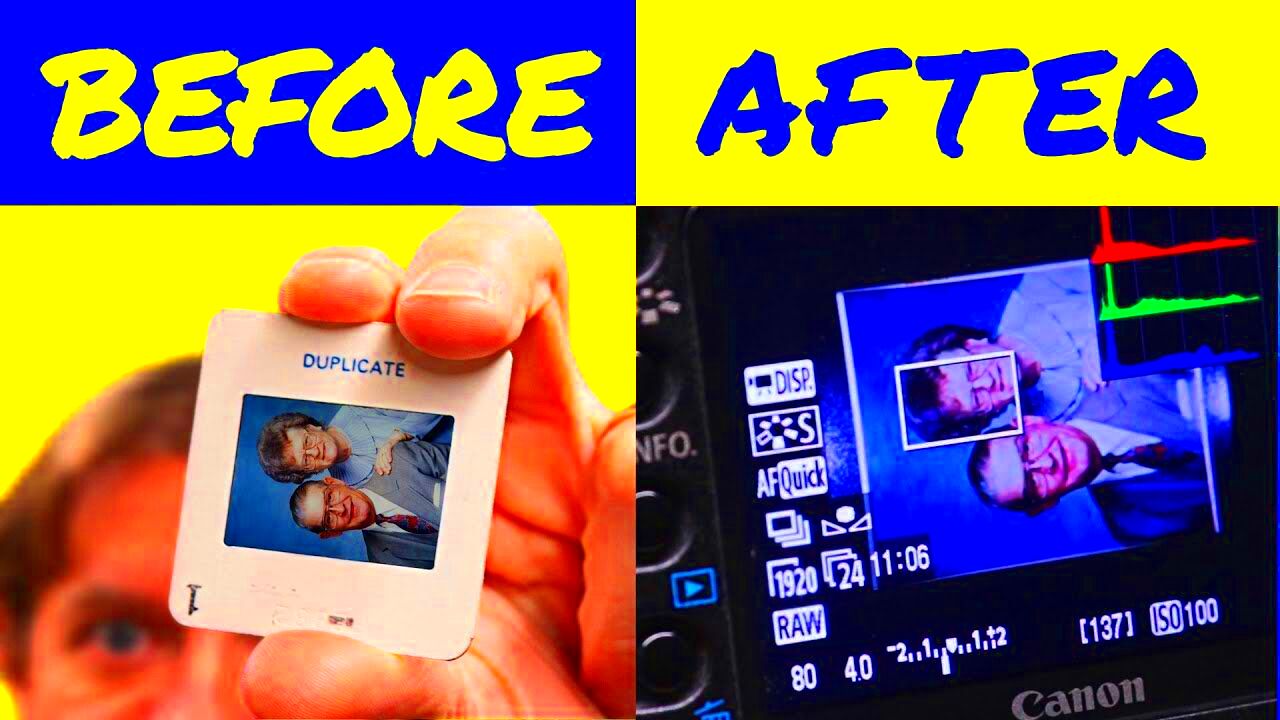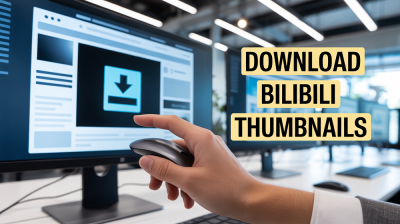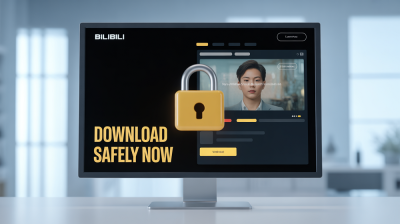In today’s digital world, the way we store and share memories has changed dramatically. Many people still have physical slides packed away in boxes, holding precious moments from the past. However, these slides can degrade over time, making them harder to view and enjoy. Converting slides into digital images allows you to preserve those memories in a more accessible and safe format.
Digital images offer numerous benefits, including:
- Accessibility: You can easily share digital images with friends and family through email or social media.
- Storage: Digital files take up much less space than physical slides.
- Editing: Digital images can be easily edited, enhancing colors or correcting flaws.
- Longevity: Digital files do not degrade like physical slides, ensuring your memories last longer.
Choosing the Right Tools for Conversion

When it comes to converting slides into digital images, having the right tools is essential. There are several options available, and your choice will depend on your needs and budget. Here are some popular tools to consider:
- Slide Scanners: These devices are specifically designed to scan slides and convert them into high-quality digital images. Look for features like resolution and ease of use.
- Flatbed Scanners: If you have a lot of slides, a flatbed scanner with a transparency adapter can be a good choice. It allows for bulk scanning and is versatile for other documents.
- Mobile Apps: Some smartphone apps can capture images of slides. While convenient, the quality may not match that of dedicated scanners.
Before making a choice, consider factors like:
- Your budget
- The quality of images you need
- How many slides you plan to convert
Also Read This: Inverting Colors of a 2D Image by Hand
Step-by-Step Process to Convert Slides into Digital Images
Now that you have the right tools, let’s walk through the process of converting slides into digital images. Follow these simple steps:
- Gather Your Slides: Collect all the slides you wish to convert and ensure they are clean and free of dust.
- Set Up Your Scanner: Place the scanner in a well-lit area and connect it to your computer or mobile device. Make sure it’s properly calibrated for optimal performance.
- Scan the Slides: Place each slide in the scanner. Follow the manufacturer’s instructions for scanning settings. It’s usually best to scan at a high resolution (around 300 DPI or more) for quality images.
- Review and Edit: Once scanned, review the digital images. Use photo editing software to enhance colors, adjust brightness, and crop if necessary.
- Save Your Images: Choose a suitable file format (like JPEG or PNG) and save your images in organized folders for easy access.
- Back Up Your Files: Make sure to back up your digital images on an external drive or cloud storage to prevent loss.
By following these steps, you can successfully convert your slides into digital images and keep your memories alive for years to come.
Also Read This: how to wrap text around an image in google slides
Tips for Enhancing the Quality of Digital Images
Once you've converted your slides into digital images, the next step is ensuring they look their best. Fortunately, enhancing the quality of your digital images doesn’t have to be complicated. Here are some handy tips to improve your images:
- Use Editing Software: Invest in reliable photo editing software like Adobe Photoshop, Lightroom, or even free options like GIMP. These tools allow you to adjust brightness, contrast, and sharpness.
- Adjust Resolution: Make sure your images are saved at a high resolution. Higher DPI (dots per inch) means better quality, especially if you plan to print them later.
- Color Correction: Slides can often appear faded or discolored over time. Use color correction features in editing software to restore vibrancy.
- Cropping and Straightening: Use cropping tools to remove any unnecessary borders or distractions in your images. Straightening tools can help fix tilted images.
- Sharpening: Sometimes images can appear soft or blurry after scanning. Use the sharpening tool in your editing software to enhance the details.
By following these tips, you can take your digital images from good to great, making them perfect for sharing or printing.
Also Read This: How to Get an Image for Your ESPN Fantasy Team Profile
Common Challenges and How to Overcome Them
While converting slides to digital images can be exciting, it’s not without its challenges. Here are some common issues you might face and how to tackle them:
- Faded Colors: If your slides appear washed out, consider adjusting the brightness and contrast in your editing software. You can also use color correction features to bring life back to your images.
- Dust and Scratches: Before scanning, gently clean your slides with a soft, lint-free cloth to remove any dust. After scanning, many editing programs offer a spot healing tool to remove scratches.
- Incorrect Scanning Settings: Ensure you’re using the correct resolution and format when scanning. A common mistake is scanning at too low a DPI, which can result in poor-quality images.
- File Management: As you collect many digital images, it can be easy to lose track of them. Create a consistent naming convention and organize your files into folders based on dates or events.
By being aware of these challenges and knowing how to handle them, you can make your slide conversion process smoother and more efficient.
Also Read This: How to View Scheduled Posts on the LinkedIn App
Sharing and Storing Your Digital Images
After successfully converting and enhancing your digital images, the next step is deciding how to share and store them. Here are some effective ways to keep your images safe and accessible:
- Cloud Storage: Services like Google Drive, Dropbox, and OneDrive offer easy and secure ways to store your images online. You can access them from anywhere and share them with family and friends.
- External Hard Drives: For those who prefer offline storage, an external hard drive can be a reliable option. They provide ample space and can serve as a backup in case of computer failure.
- Social Media: Share your digital images on platforms like Facebook, Instagram, or Pinterest to showcase your memories. Make sure to set your privacy settings according to your preference.
- Photo Books: Consider creating printed photo books using services like Shutterfly or Blurb. This is a beautiful way to preserve and display your favorite images in a physical format.
When sharing, always consider the privacy of your images. It's important to ensure that you’re comfortable with who can see them. By choosing the right storage and sharing methods, you can enjoy your digital images for years to come.
Also Read This: Mastering Storyblocks for Your Creative Projects
FAQs about Converting Slides to Digital Images
Converting slides to digital images can raise many questions, especially for those new to the process. Here are some frequently asked questions that may help you understand the conversion better:
What equipment do I need to convert slides?
To convert slides into digital images, you’ll need a scanner. Options include slide scanners, flatbed scanners with transparency adapters, or even smartphone apps for quick conversions.
What is the best resolution for scanning slides?
For optimal quality, it’s recommended to scan slides at a resolution of at least 300 DPI (dots per inch). If you plan to print large copies of the images, consider scanning at 600 DPI or higher.
Can I edit my scanned images?
Absolutely! After scanning, you can use photo editing software to adjust brightness, contrast, color, and sharpness. This can enhance the overall quality of your digital images.
What file format should I save my images in?
The most common formats for saving images are JPEG and PNG. JPEG is great for smaller file sizes, while PNG is better for preserving quality, especially if you plan to edit the images later.
How can I prevent my slides from getting damaged during scanning?
Always handle slides by their edges to avoid fingerprints. Clean them gently with a soft, lint-free cloth before scanning to remove dust and debris.
How do I back up my digital images?
Use cloud storage services like Google Drive or Dropbox, and consider maintaining copies on external hard drives for additional security. Regular backups help prevent loss.
Conclusion on the Importance of Digital Images
In summary, converting slides into digital images is a vital step in preserving precious memories for future generations. It offers the advantages of accessibility, ease of sharing, and protection against deterioration. By taking the time to digitize your slides, you can ensure that your cherished moments remain vibrant and alive in the digital realm for years to come.

 admin
admin








